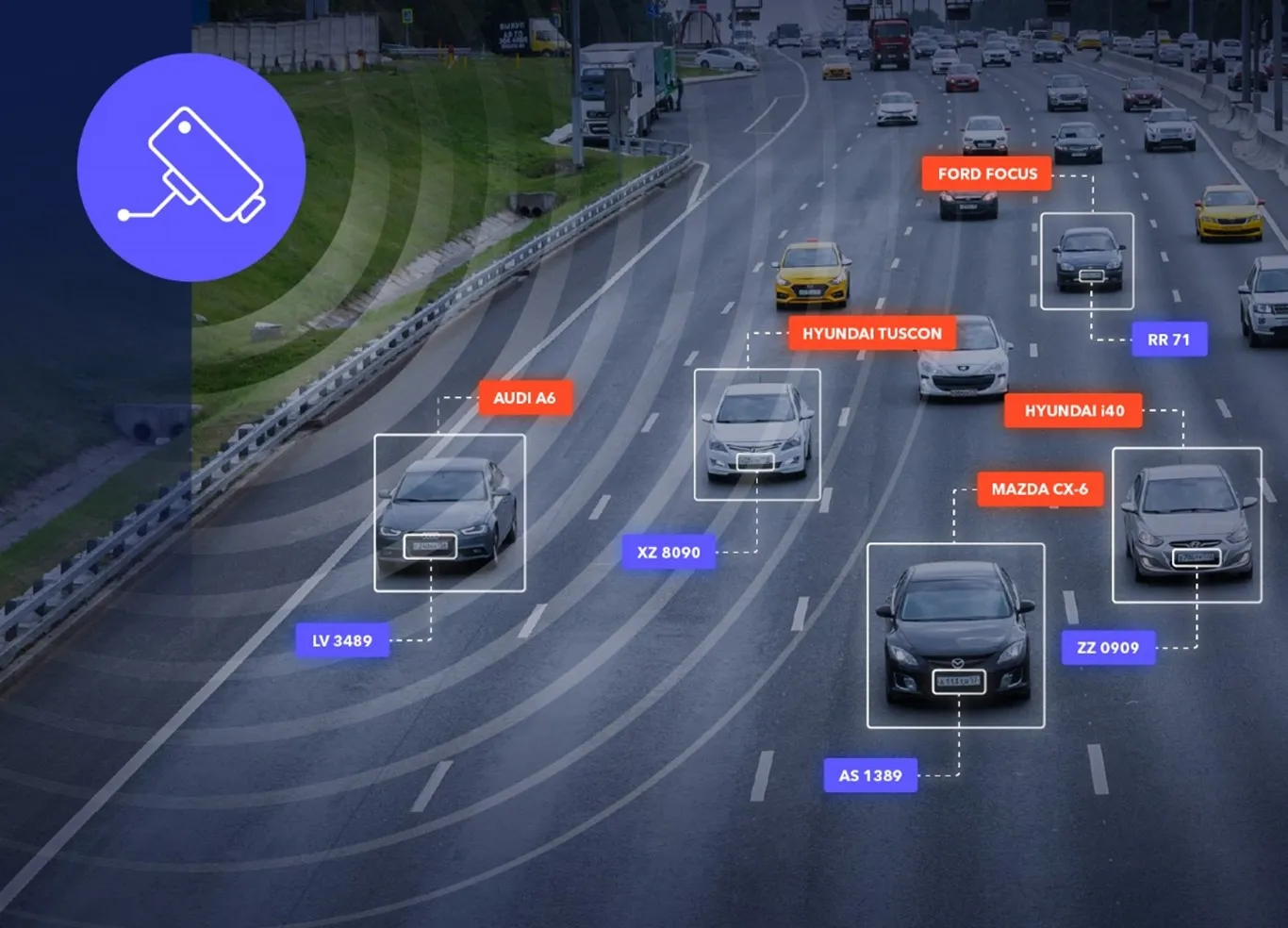Init has taken another step into the French market with the acquisition of the assets of LC Consultant and its public transport rostering and dispatching software, Webus.
Init has already been working with LC Consultant in Greater Avignon on a project which includes the installation of Init’s intermodal transport control system, Mobile-ITCS, including planning and depot management systems which have been interfaced to the Webus system.
The LC Consultant team will remain based in Saint-Cloud, near Pa
October 8, 2015
Read time: 1 min
Init has already been working with LC Consultant in Greater Avignon on a project which includes the installation of Init’s intermodal transport control system, Mobile-ITCS, including planning and depot management systems which have been interfaced to the Webus system.
The LC Consultant team will remain based in Saint-Cloud, near Paris and will retain its current activities in order to ensure continuity of established customer relationships through the years, while reporting to Init subsidiary initperdis, which develops and maintains a dispatching system called Mobile-Perdis that manages and optimises duties planning, personnel and vehicle assignment and offers a vehicle and depot management system.










